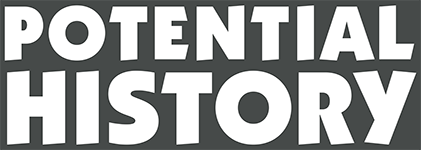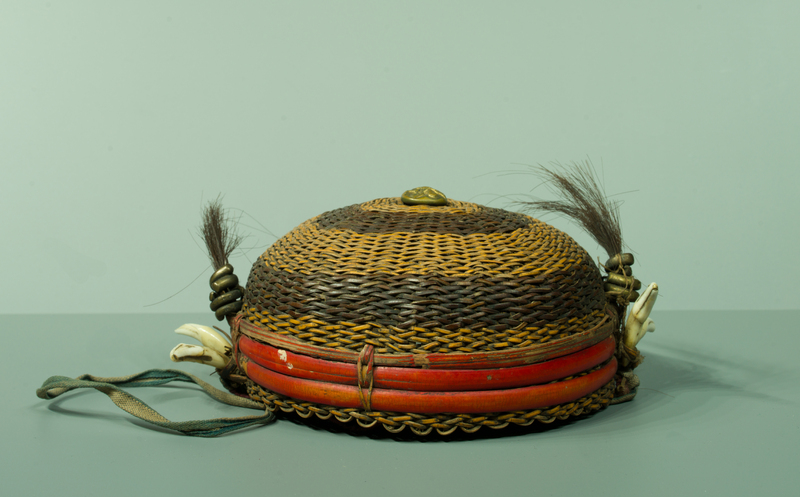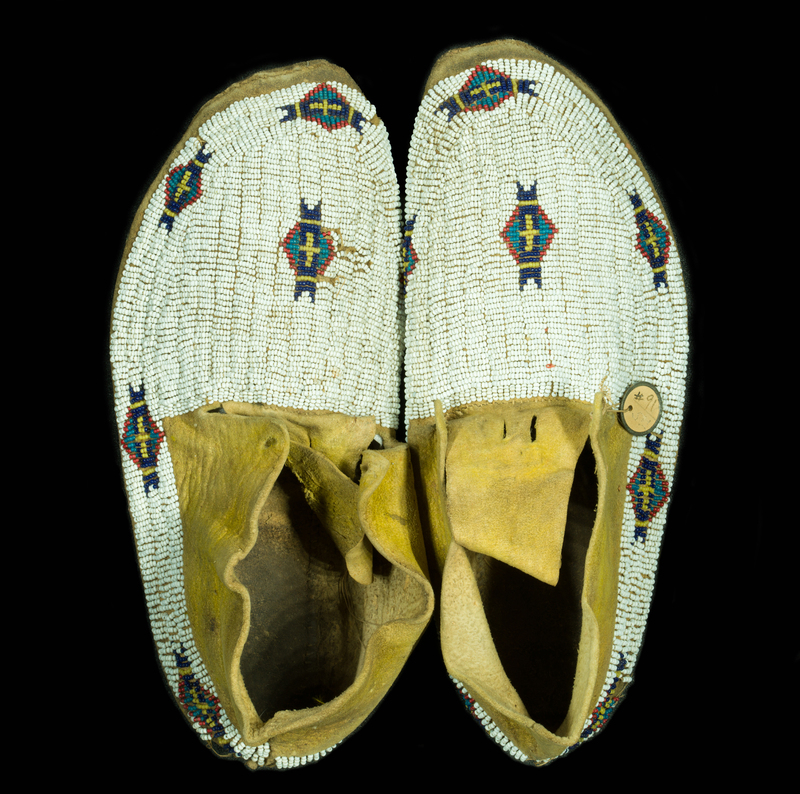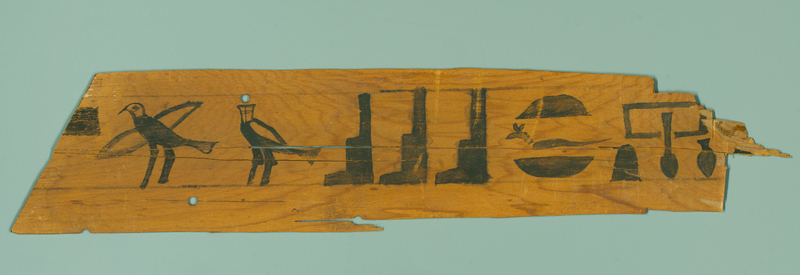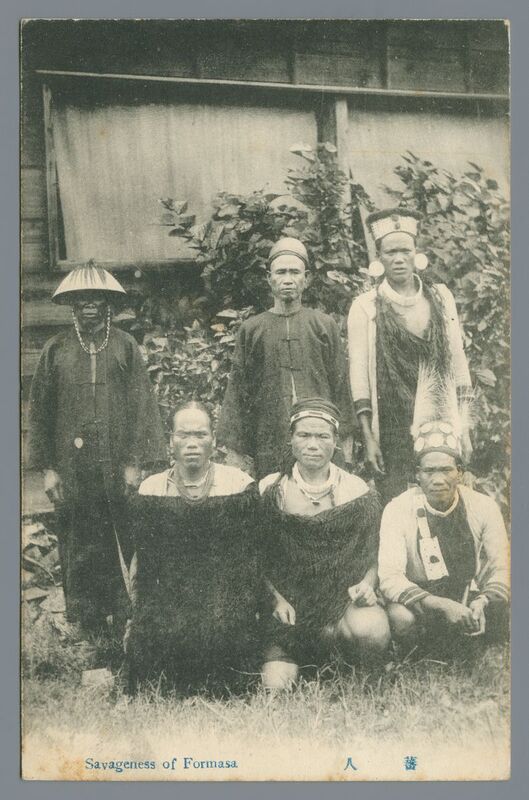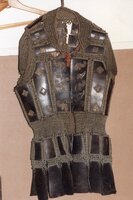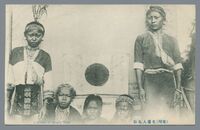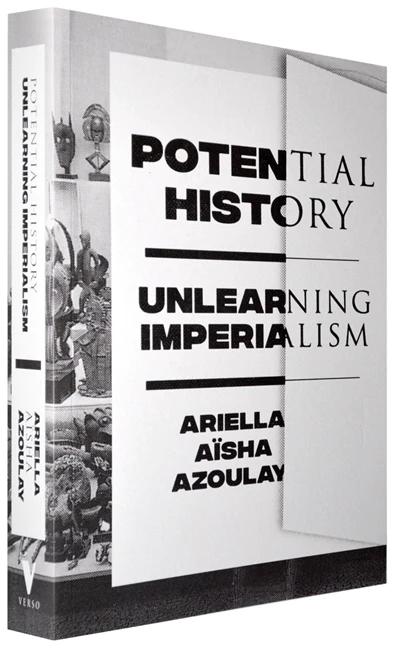
Welcome to "Potential History: Unlearning Imperialism: A Pop-Up Exhibit,” curated by students in A&S 325.
This exhibit draws inspiration from Ariella Aïsha Azoulay's book of the same title and aims to confront the profound legacy of violence deeply ingrained within museum collections.
During the 19th century, imperial endeavors led to the extraction of objects from various communities, significantly shaping the development of museums as key institutions that define and evaluate what is considered "art." This process involved removing artifacts from their original material and political contexts, selectively placing them within timelines and art histories crafted by empires, while conveniently omitting the violence that enabled their inclusion in museum collections.
"False stories about museums as vehicles of the democratization of art obscure their creation as instruments of violence: modern spaces in which other's materials and cultures are showcased, and stories about the backwardness of those other cultures are presented as fact. This alleged facticity was made possible since the objects were detached from their origins, held in foreign hands, and removed from those who could counter the meanings they were assigned within imperial taxonomies."
Building on these ideas, our physical exhibit features eight textual interventions (see samples below) designed to address the neutral language commonly found in museum labels. This language often overlooks the violent history of museum collections, particularly their imperial and colonial origins. Through this website, we aim to further emphasize this context and its lasting impact. For museums today, the most critical issue is understanding what was taken, from whom, under which conditions, and facilitating the return of objects when requested.
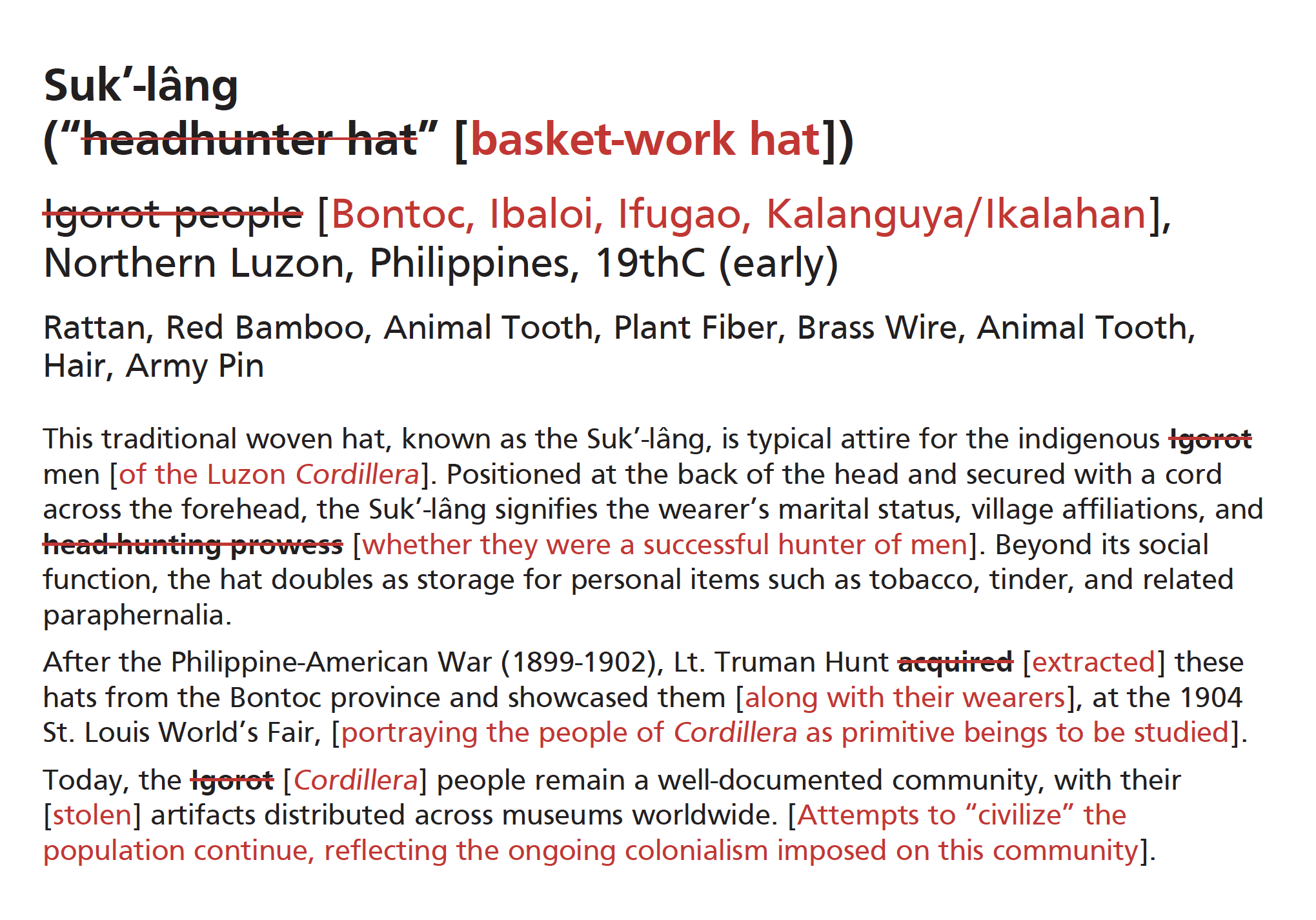
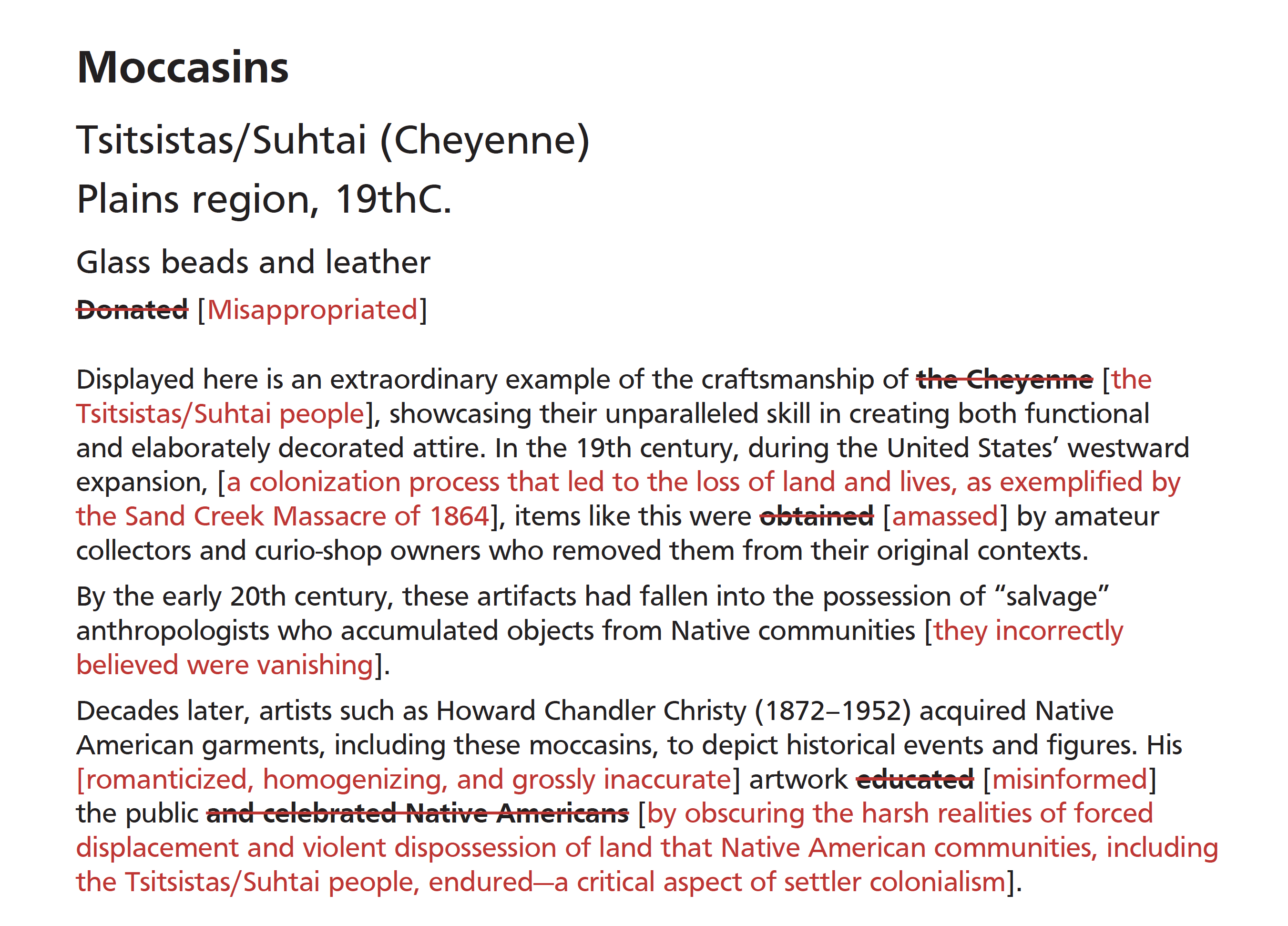
For [museums] to be transformed or reformed, it is essential that looting be acknowledged as their infrastructure, as the origins of the form of art that they generated. A process of undoing looting should include not just the objects per se but the practices of engaging with objects, practices that should be reshaped together with those from whom the objects were expropriated and whose access to them was later denied.
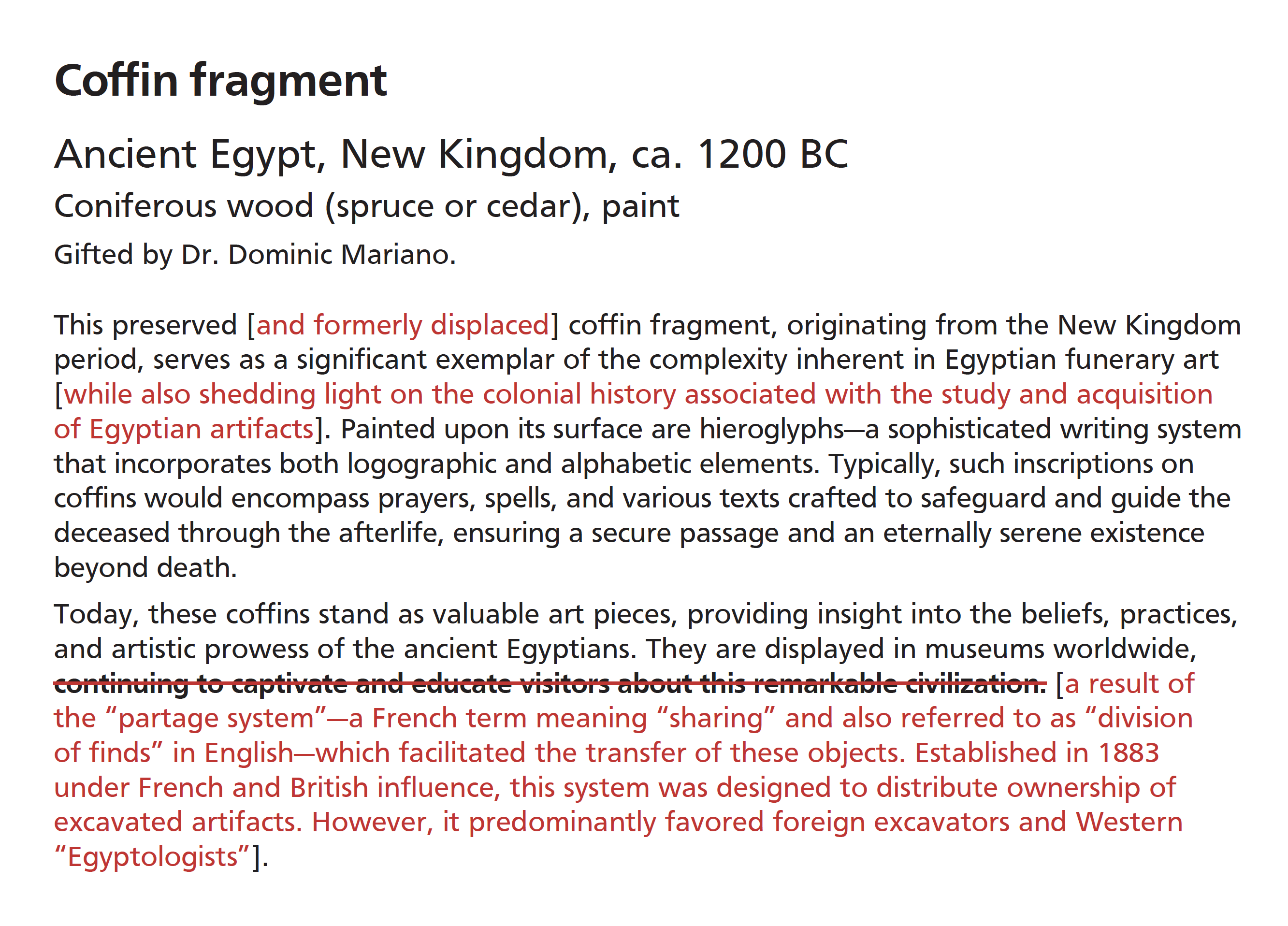
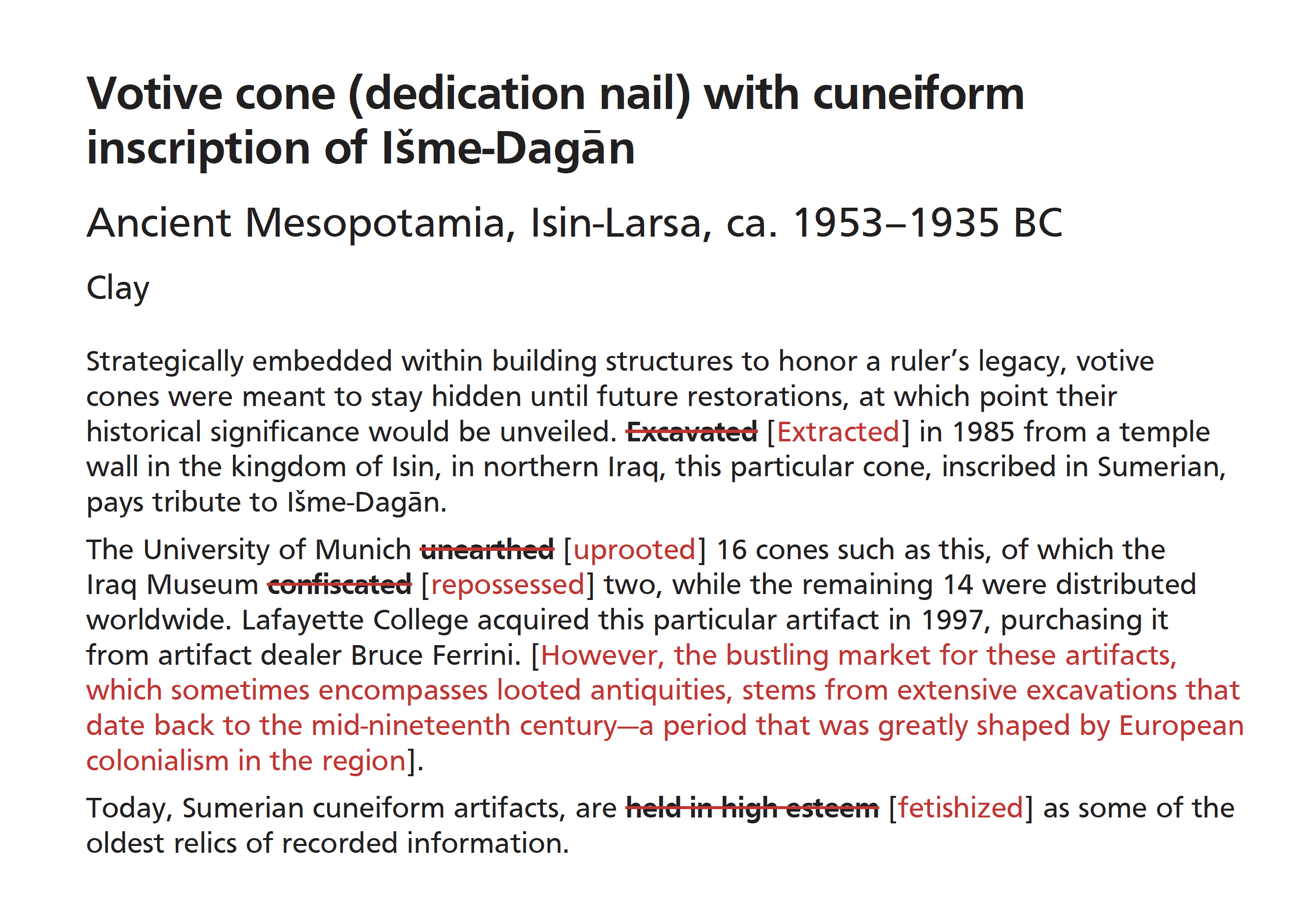
Numerous professional procedures keep these art objects alive, as living signs that no violence was involved in their preservation, which is supposed to be civilization’s mission. Yet the open secret about imperial violence is inscribed in each and every object, and more so, in the substitution of the knowledge and know-how of people from the community where they were active with knowledge that only experts can provide.
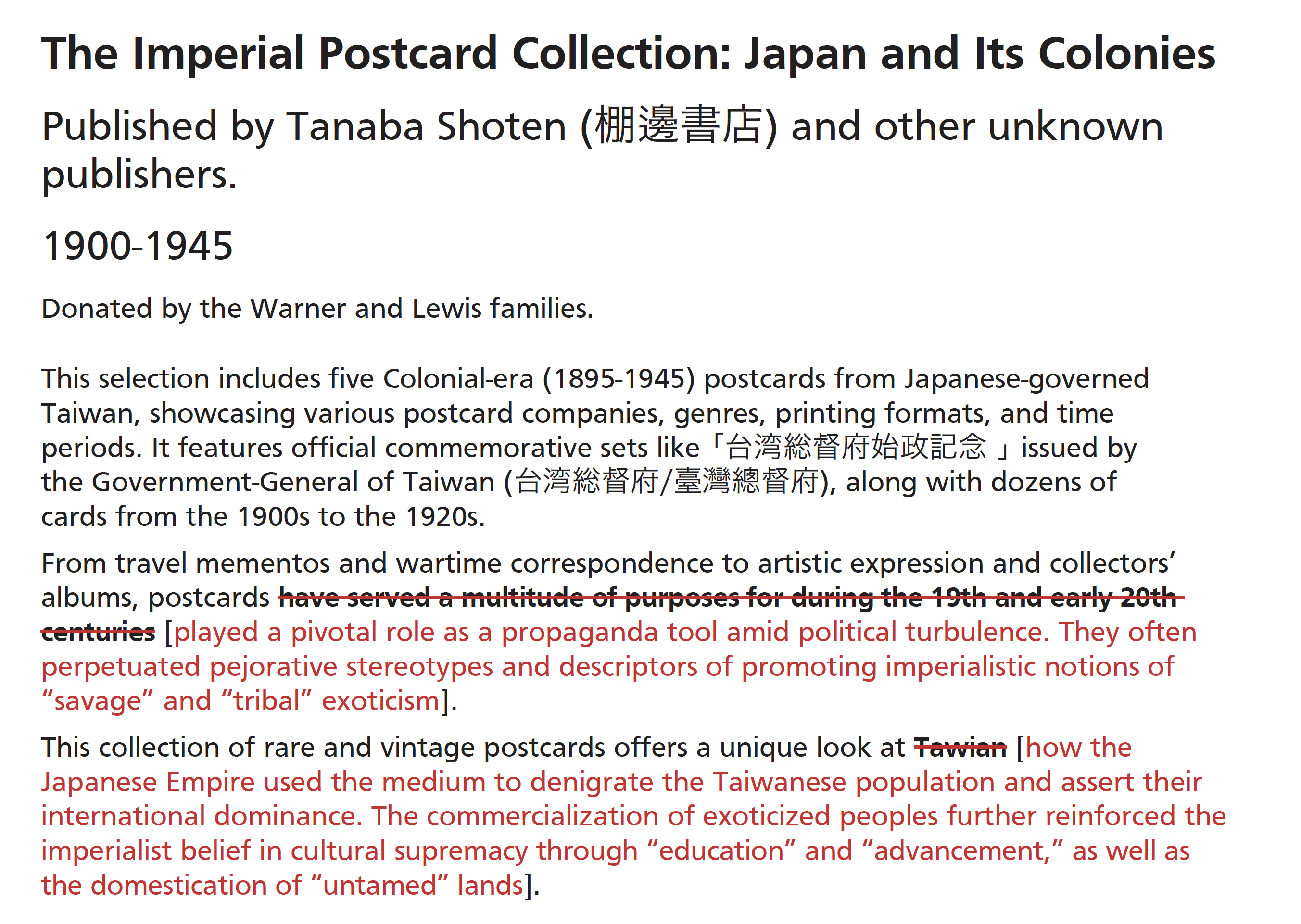

A potential method implies reading the records of destruction as proof of persistence and right to survive ...harboring in them the seeds of a different modality, that of reversal, rewinding, repairing, renewing, reacquiring, redistributing, readjusting, reallocating.
